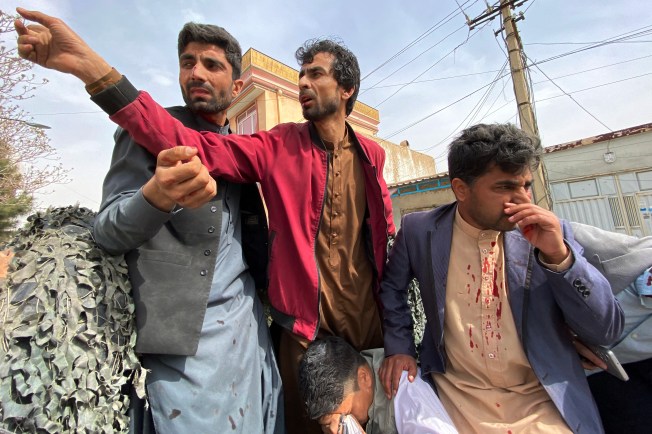How the Taliban takeover is affecting Afghan media

As the Taliban consolidated power in Afghanistan following its takeover in August 2021, journalists faced growing obstacles in doing their work and a bleak prognosis for the future of the vibrant media landscape that developed in the country over 20 years. The initial months of Taliban control saw raids on journalists’ homes, beatings, arrests, and the forcing of female reporters off the air. In 2022, as the emergence of the Haqqani-dominated General Directorate of Intelligence (GDI) brought an even harder edge to the Taliban’s treatment of reporters, the group followed up on a May decree that all women to cover their faces in public with an order that all female TV presenters wear masks on air.
In 2023, journalists continue to face attacks, arrests, and threats, including a bomb attack by Islamic State on a press award ceremony that killed one journalist and injured more than a dozen others.
If you are an Afghan journalist needing help
CPJ is devoting the resources at its disposal to help Afghan journalists where possible. We are not equipped to evacuate people and only governments are able to issue visas, but are registering and vetting cases of Afghan journalists at risk of Taliban reprisals.
If you are an Afghan journalist seeking help, please send your information to [email protected]. Please note that we are receiving an extremely high volume of emails and are not able to respond as quickly as we would like to.
Online security
CPJ News Coverage
- Taliban bans television broadcasts and public filming and photographing in Takhar province
- Taliban intelligence agents detain journalists Hekmat Aryan and Mahdi Ansary
- Taliban label Afghanistan International an ‘enemy’ for reporting on alleged aid misuse
- New law grants Taliban morality police fresh powers to censor Afghan media
- Arrests, bans, shutdowns: No end in sight to Taliban media crackdown 3 years on
- Afghan journalist Abdullah Danish detained, beaten following reports critical of Taliban
- Taliban orders shutdown of broadcaster Tamadon TV
- CPJ calls on Taliban to drop plans to restrict Facebook access in Afghanistan
- Afghan journalist Sultan Ali Jawadi sentenced to 1 year in prison
- Taliban intelligence forces detain Afghan journalist Abdul Rahim Mohammadi


Spotlight: Journalists killed in Afghanistan
Since 2001, 65 journalists and media workers have died in Afghanistan in killings related to their work. In March 2023, a bomb exploded at a cultural center in Mazar-e-Sharif while members of the press had gathered to mark National Journalists Day, killing journalist Hosein Naderi and injuring at least 16 others. The militant Islamic State group claimed responsibility for the attack, stating that it targeted journalists “working in agencies involved in the war and instigation against IS.”
How you can help
For more information about helping CPJ’s work in Afghanistan and other areas where press freedom is at risk, please visit our support page.
If you have any questions about donating to CPJ, contact [email protected] or call (917) 975-4731.